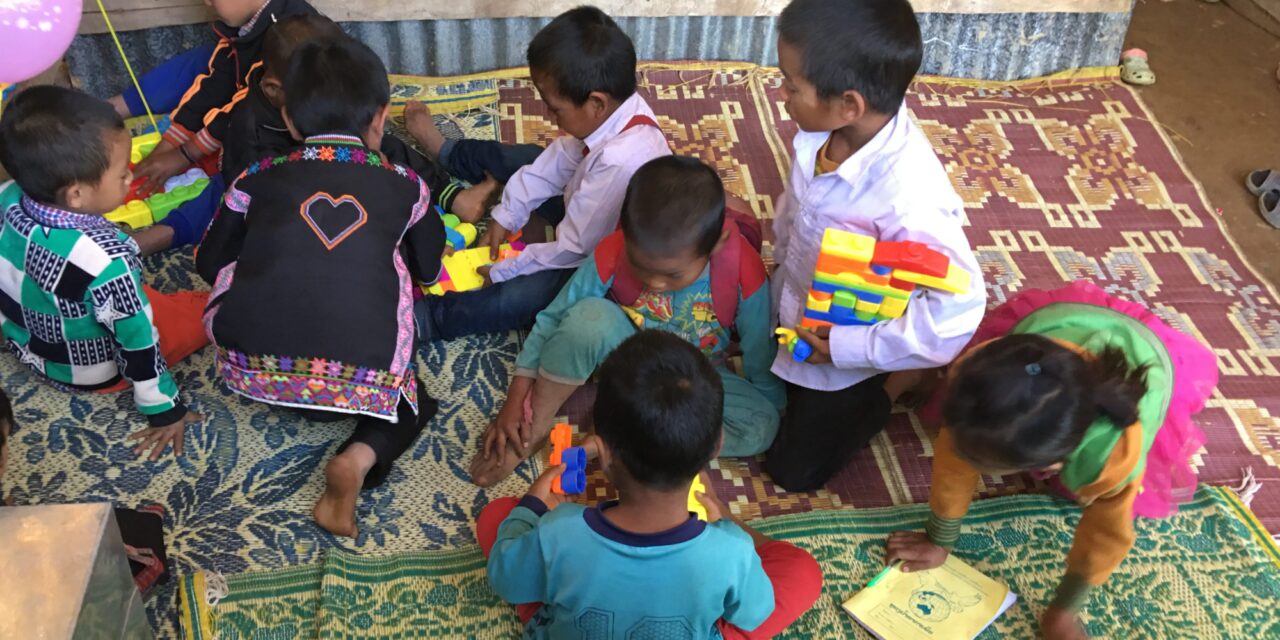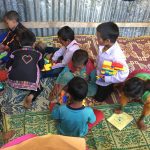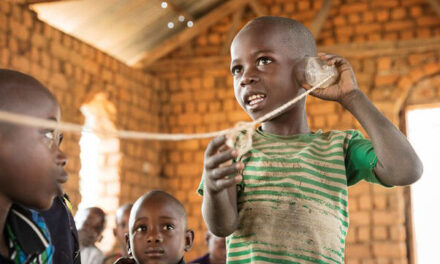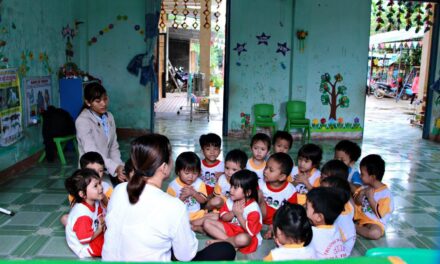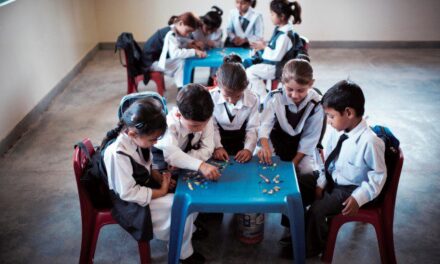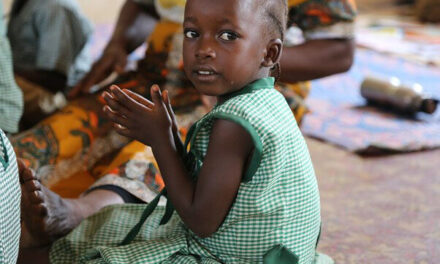This blog was written by Dr Sally Brinkman, Head of Child Health Development and Education at Telethon Kids and a Senior Research Fellow at The University of Western Australia, and Alanna Sincovich, Research Assistant at Telethon Kids.
The drive to monitor children’s development has, in recent years, been enhanced by the world’s endorsement of the United Nations Sustainable Development Goals (SDGs). Specifically, SDG 4.2 states that by 2030, countries must ensure that all girls and boys have access to quality early childhood development, care and pre-primary education so that they are ready for primary education. To track progress against this target, countries are required to monitor (i) the percentage of children under 5 years who are developmentally on track in health, learning and psychosocial wellbeing, and (ii) national participation rates in early childhood education.
While many countries monitor early education enrolment, few track how their children are developing in the early years, and it is only with such data that the changes required to support children and their families most effectively can be implemented.
Tracking progress toward SDG 4.2 calls for the monitoring of children’s early health and development at a population level, and here lies an important opportunity to address the challenges of measuring early childhood development amongst a global audience. Although there are a number of instruments used to measure early development, various characteristics of these instruments, for example their cost and the training required to administer them, present barriers to their use in countries with limited resources and capacity.
Against this background, the early Human Capability Index (eHCI) was developed. A free-to-use population measure designed to capture holistic development in children aged 3-5 years, the tool was developed with the vision of being feasible for large-scale use in low resource and capacity settings, while having the ability to detect changes in development and predict future outcomes. The tool includes 70 items across 8 domains and can be completed by children’s caregivers or teachers with minimal training in under 10 minutes.
Relative to other instruments, the eHCI is low burden and requires minimal resources to be implemented. The tool was designed so that it can be easily adapted across cultures and contexts, capturing both positive and negative aspects of how a child is developing, allowing for a holistic approach rather than a focus on delay or pathology. This significantly improves our ability to monitor changes in development and understand the mechanisms behind this, and it is only through such monitoring that can we determine if efforts to improve children’s outcomes are making a difference.
The eHCI has been used to collect data in Tonga, Samoa, Tuvalu, Kiribati, Lao PDR, China, Brazil, Peru and Australia, with current local adaptation being undertaken in Malta and Bangladesh. In Lao PDR the tool is being utilised as part of the impact evaluation of a large-scale early childhood education programme; baseline and midline child development data have been collected using the eHCI. Already, data have proven valuable; baseline results informed changes to programme interventions to better promote children’s early outcomes. Moving forward, endline data will be used to determine the programme’s impact on children’s outcomes, and consequently will influence future interventions, policies and programmes on children’s early development, education and care.
Finally, a selection of eHCI items is being considered for inclusion in the government’s national education monitoring system. With such data collected nationwide annually, this will not only allow for the monitoring of population outcomes over time to better understand what works best for children’s development in Lao PDR, but importantly it will also enable the country to track their progress against SDG 4.2.
Relevant links:

